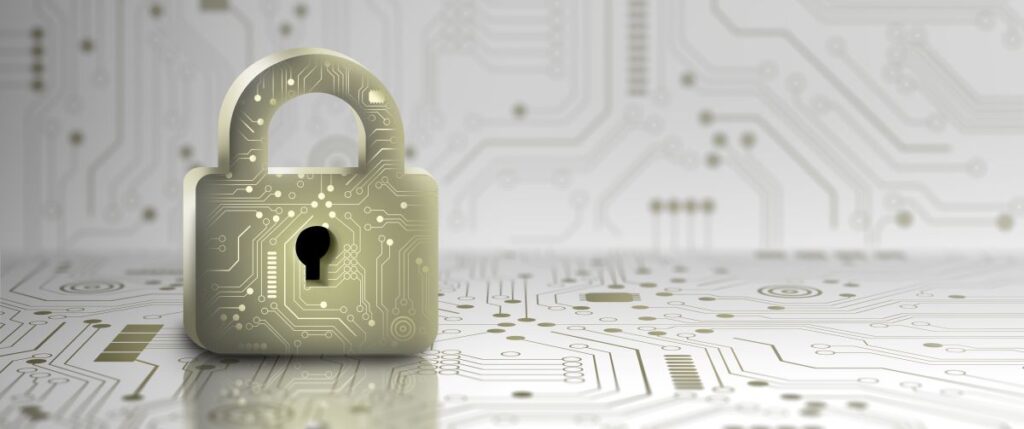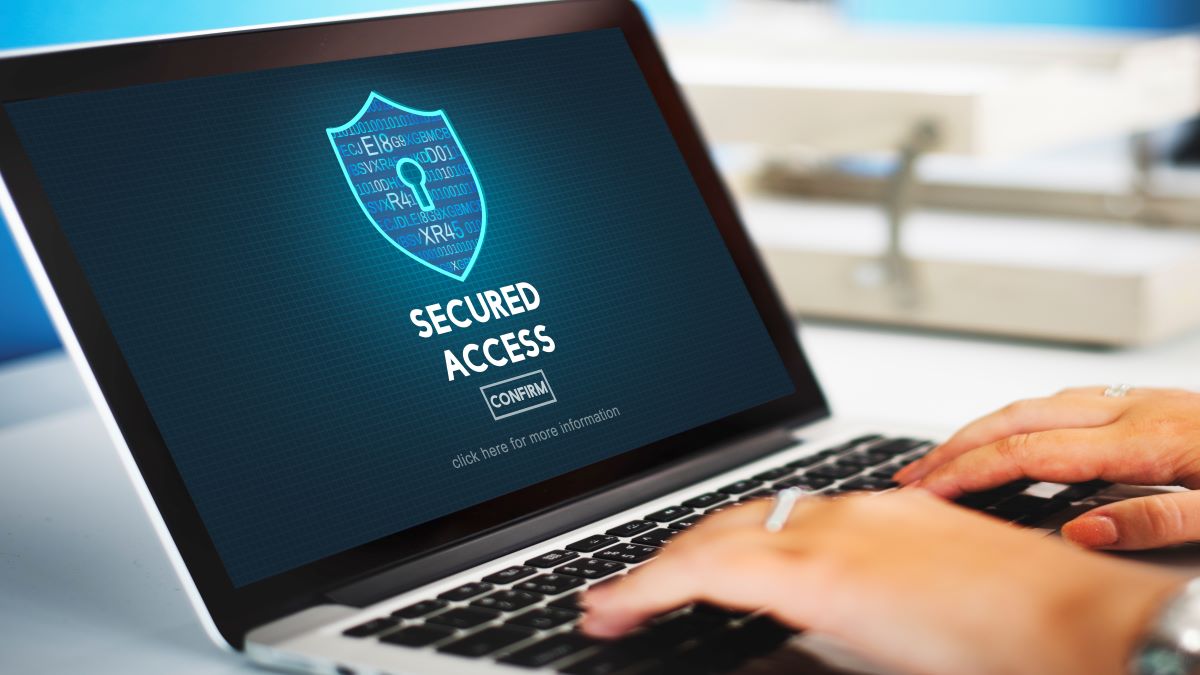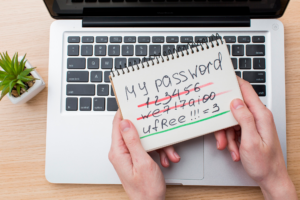In the wake of the COVID-19 pandemic, remote work has become the norm for many businesses and organizations. While this shift has brought about numerous benefits such as increased flexibility and reduced costs, it has also exposed companies to a new set of cybersecurity risks. With employees working from home on their personal devices and networks, organizations are faced with the challenge of ensuring a secure remote work environment.
To mitigate the potential cybersecurity risks associated with remote work, it is crucial to implement best practices and security measures. This article will discuss some of the common security risks of remote work and provide tips on how to ensure a secure environment for employees working remotely.
What are the Best Practices for Remote Work Cybersecurity?
When it comes to securing a remote work environment, prevention is key and that may include implementing firewalls and encryption on home routers for added security. Organizations can mitigate potential risks by implementing the following best practices:
Implementing Strong Password Policies
One of the simplest yet most effective ways to secure remote work is by enforcing strong password policies. This involves instructing the remote workforce to use complex passwords, change them regularly, and be cautious of phishing scams.
Securing Home Wi-Fi Networks
Home Wi-Fi networks are often less secure than corporate networks, making them vulnerable to cyber attacks. To prevent a security breach, organizations can offer guidelines to their remote workforce on securing their home networks, such as changing default passwords and implementing network encryption.
Utilizing VPNs for Secure Connections
A virtual private network (VPN) provides a secure, encrypted connection between an employee’s device and the corporate firewall protected company’s network. This greatly helps in protecting against potential hacker threats while accessing sensitive information over public networks.
Establishing Security Protocols for Work Devices
Organizations should have protocols in place for securing work devices used by remote employees. This can include installing security software, limiting access to certain applications and websites, and implementing device encryption.
Maintaining Security Measures for Remote Work Environment
It is important to regularly review and update security measures to ensure they are up-to-date and effective. This includes performing regular security audits, monitoring for potential threats, and addressing any vulnerabilities.

What Are the Common Security Risks of Remote Work?
Remote work exposes organizations to various cybersecurity risks that can compromise sensitive information and systems. Some of the common risks of remote work security include:
Identifying Phishing and Social Engineering Threats
Phishing attacks and social engineering tactics are commonly used by cyber criminals to obtain sensitive information from unsuspecting individuals. With the increase in remote work, these types of attacks have also increased, making it crucial for organizations to educate employees on how to identify and prevent them.
Protecting Sensitive Information from Breaches
Remote work can make it more challenging for organizations to control and protect sensitive information. Employees may be accessing sensitive data from their personal devices or networks, which can increase the risk of a data breach.
Addressing Risks Associated with Home Wi-Fi Networks
As previously mentioned, home routers used for Wi-Fi networks are often less secure than corporate networks, making cybersecurity for remote workers paramount. This makes them an easy target for cyber attacks, putting both employees and their organizations at risk.
Preventing Unauthorized Access with Additional Authentication
Remote work can elevate the risk of hackers gaining unauthorized access to sensitive information and systems. Adding an extra layer of security, organizations should consider using multi-factor authentication to mitigate risks associated with working remotely.
Managing Security Threats in the Remote Work Environment
With employees working from various locations and on different devices, managing security threats in a remote work environment can be challenging. Organizations should have protocols in place for addressing potential threats and providing support to remote workers if they encounter a security issue.
Conclusion
In the digital age we live in now, securing remote workers in a remote work environment is crucial for organizations to protect their sensitive information and systems. By implementing best practices and addressing common security risks, companies can ensure a secure and productive remote work environment for their employees. It is also important to regularly educate employees on cybersecurity best practices and maintain vigilance in monitoring for potential threats.
With the right cybersecurity for remote workers in place, remote work can continue to bring about numerous benefits without compromising on data privacy and compliance. Hence, it’s of significance to relentlessly review and update security best practices in order to keep pace with the ever-evolving landscape of cyber threats. By doing so, organizations can mitigate risks while working from anywhere and safeguard their data and assets. To conclude, implementing remote work security best practices for cybersecurity is essential in this digital age and should be a top priority for organizations all sizes.
Encrypt sensitive files, use secure file-sharing platforms, and avoid storing sensitive data on personal devices.
Be vigilant, follow company policies, report suspicious activity, keep software updated, use strong passwords, and avoid public Wi-Fi for work.
Phishing attacks, malware infections, unsecured networks, data leaks, unauthorized access, and weak passwords are major concerns.
Remote workers often use personal devices and networks, creating vulnerabilities for accessing sensitive data. Cyberattacks can lead to financial losses, data breaches, and reputational damage.






